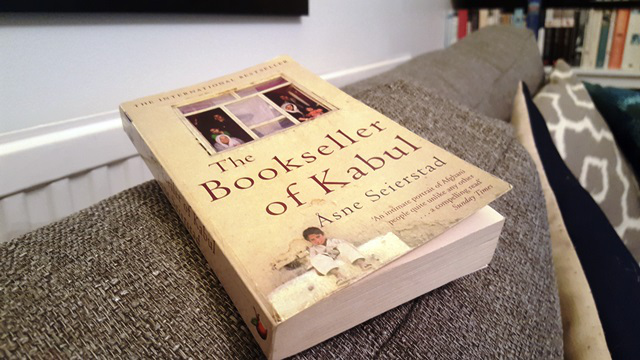I was delving into the BBC’s website the other day and came across one of my favourite authors, Barbara Trapido, on the Book Club programme. She and the audience were discussing The Travelling Hornplayer. Trapido has written seven novels and four of them are linked. By linked, I mean that characters return and live on in different stories. They’re not sequels exactly, or at least not in the standard way that we expect, if only because I’m not sure if Trapido envisioned writing them all like that when she started out. From the way she describes it on the programme, it sounds a more organic process, that by thinking about a situation she also considers “Who do we know that would do this?” and sometimes that answer is a character that already lives in her head, or on her pages.
I have a complicated relationship with sequels, in that I find most of them invariably spoil the original for me. Jo’s Boys and Little Men, for example, are awful, and EM Forster wrote a brief sequel to A Room With a View, included in my paperback version as an extra ‘treat’ for the reader (every reader except me that is.) Successful sequels, when done well, can bring more to the originals, can enhance and continue the characters and answer some of the readers’ questions. The best example of this I can think of are the sequels to Rebecca – Mrs de Winter by Susan Hill and Rebecca’s Tale by Sally Beauman. They both continue the best aspects of the original while staying true to it (for example, neither of them name the main character, indeed I doubt any reader would find a name satisfactory).
Series are different, since they aren’t sequels in the true sense. But you can still find yourself disconcerted if the author does something unexpected. I still haven’t finished Michael Tolliver Lives just because I was so thrown by the sudden switch to the first person narrative after six books told in the third person.
Trapido’s approach is rather fun. Having just dug my copy of The Travelling Hornplayer out, I found a family tree and connections map that I must have drawn years ago when I first read the books.
 Isn’t it sweet? But complicated and messy in a way that suggests that a) I’m rubbish at drawing family trees or b) Trapido ended up with a set of coincidences that are as messy as life itself.
Isn’t it sweet? But complicated and messy in a way that suggests that a) I’m rubbish at drawing family trees or b) Trapido ended up with a set of coincidences that are as messy as life itself.
With these interactions between books, Trapido says in Book Club that she was reprimanded and “not forgiven” by some readers who didn’t like the direction that character had taken. I do understand this. My favourite Trapido book is her debut Brother of the More Famous Jack, and I love the main character Katherine so much that I am disappointed by her overbearing smothering (yet completely understandable) mothering of her second child Stella, which has such damaging consequences later. All of this comes out in The Travelling Hornplayer where, it also transpires that Katherine’s husband Jonathan has been having affairs. Of course he has. I forgive Jonathan’s transgression because it’s in character but I have trouble reconciling myself to him and his family isolating Katherine – although she chooses to travel to Ireland with him at the end of BOTMFJ, she has had a shocking bereavement and a spell of mental illness and the last thing she needs is to be alone with a baby while he writes books and philanders. Her concentration on the baby is understandable but I wonder if she would have been like this had she had a closer physical network of family and friends nearby who could have helped and lessened the focus.
What makes people feel resentful about characters changing in this way is that when you read, you accompany people through their story and, in many cases, get to a happy ending. A later volume means you’re not allowed to let them go on living happily ever after. As a reader, you’re powerless to stop the mistakes they make and this can be worse when you thought you got safely with them to the end of their first book.
As a writer though, there is an attraction to this approach. Getting to know a character can often mean that you think of them in certain situations, so why not put them through the wringer all over again? The convenience of having a ready-made philanderer on hand must have been helpful and gives you a chance to pop back and say hello to those you haven’t quite done with.
This makes it sound like the answer for a lazy writer and that’s not the case at all. Trapido’s books are intricate weavings of characters and situations, with literary references thrown into the mix. If you’ve not read her before, why not give her a try? You won’t regret it.
*with apologies to Hilary Mantel
Share this:- More





